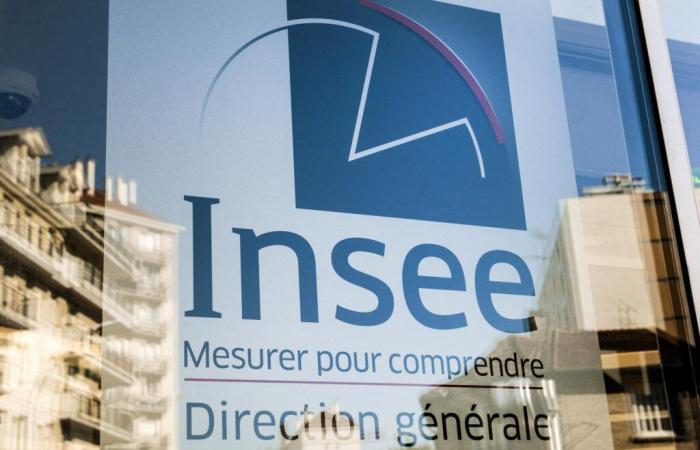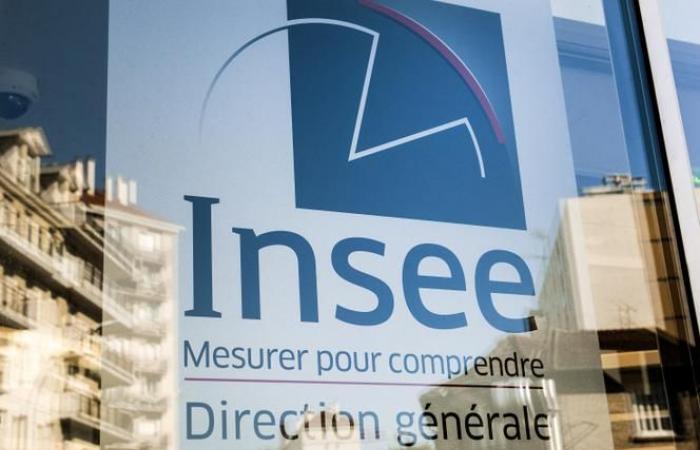To what extent does the French redistributive system reduce inequalities? What is the economic cost of climate change? To these questions which permeate economic and political debates, the National Institute of Statistics and Economic Studies (Insee) will now attempt to provide some answers through “expanded” indicators and so-called “augmented” accounts. A way of giving another dimension, environmental or social, to the drought of national accounting figures.
Read also | Article reserved for our subscribers Growth of the French economy: a small Olympic leap and a lot of gloom
Read later
A sign of the importance of this project for INSEE, its director general, Jean-Luc Tavernier, was keen to present the approach himself during a press conference on Tuesday November 5.
INSEE, explained Mr. Tavernier, relied on the conclusions of the so-called “Stiglitz-Sen-Fitoussi” commission to carry out this work, chaired by the economist Joseph Stiglitz. Set up by President Sarkozy in 2008, its mission was to lead a “reflection on ways to escape an overly quantitative, overly accounting approach to measuring our collective performance”.
Modes of calculation
This innovative approach constitutes an evolution, not a revolution. “We did not seek to construct a synthetic indicator that would replace gross domestic product (GDP)”declared Mr. Tavernier straight away. This one remains ” unavoidable “. “The national accounts and their flagship indicator – GDP – are an established and recognized reference, [ils] retain all their interest, but [ils] require to be completed and [doivent] better take into account the environmental and social dimensions”, specifies the institution in its press release.
Read also | Article reserved for our subscribers “Like productivity or the savings rate, the temporary employment indicator has been out of adjustment since 2019”
Read later
For the first edition of this new generation of indicators, intended to be published annually, the Institute's experts focused in particular on “extended” redistribution and its impact on inequalities between households. “We are not limiting ourselves to the usual street light, namely direct debits and cash transfers on which INSEE has already published”specified Mr. Tavernier. In this new method of calculation, the impact of public services on household income and standard of living is, for example, taken into account.
The results are then spectacular. In 2022, before redistribution, the “extended primary income” of the richest 10% of people was almost 24 times higher than that of the poorest 10%. But, after the implementation of these redistribution mechanisms, such as tax levies, social benefits or the provision of public services, the ratio between the most well-off and the most modest is only 3.8.
You have 30.04% of this article left to read. The rest is reserved for subscribers.







